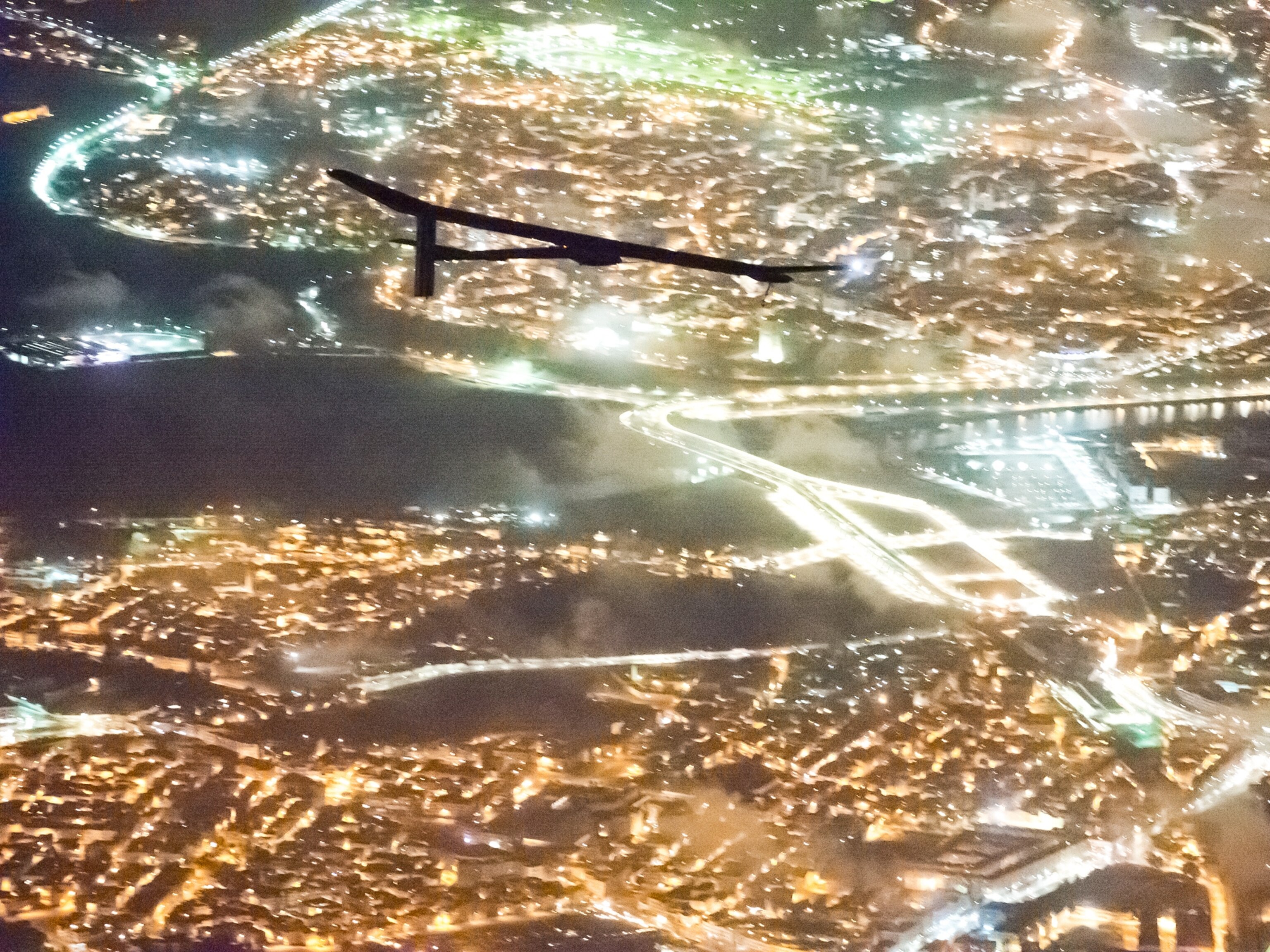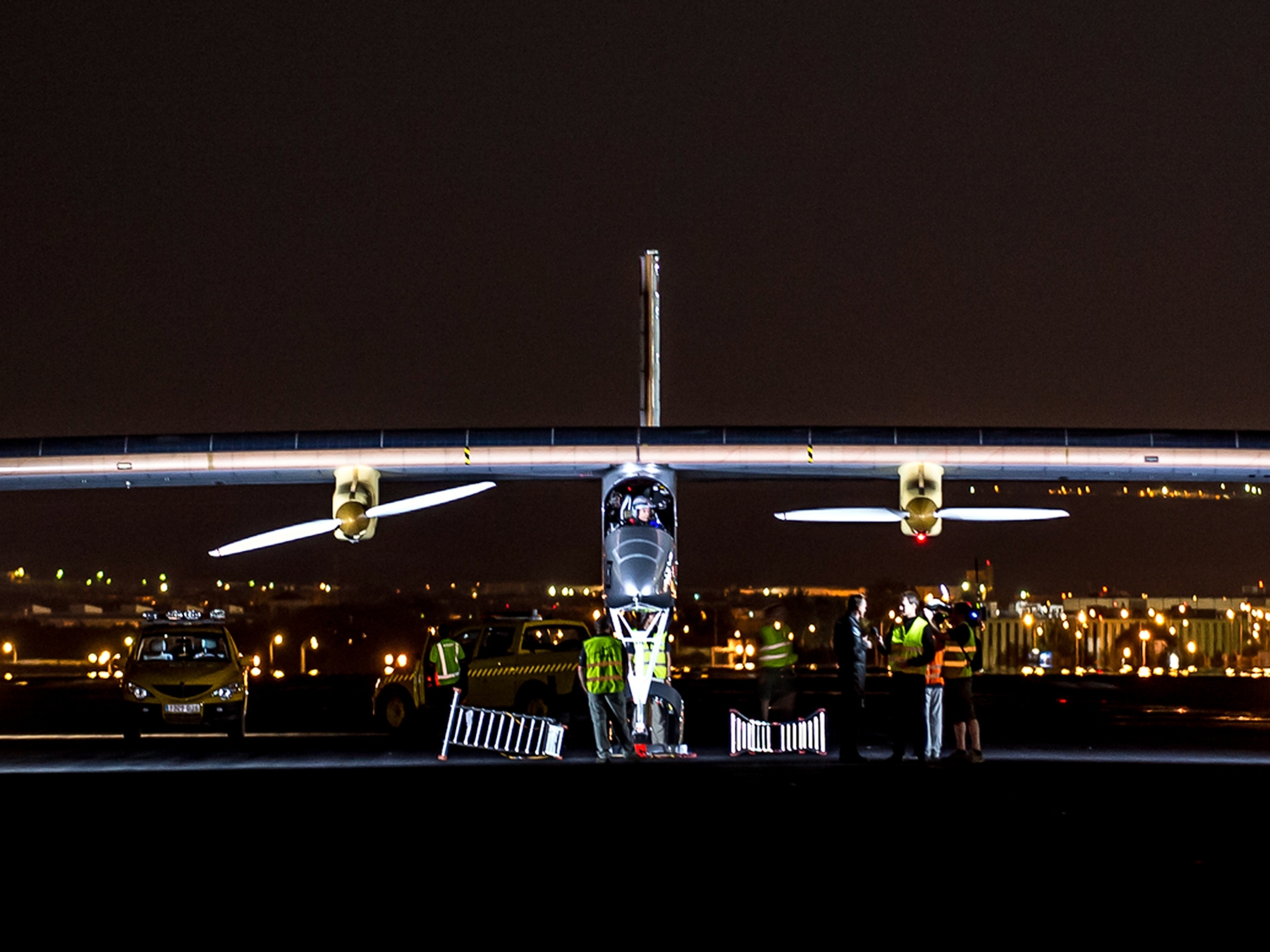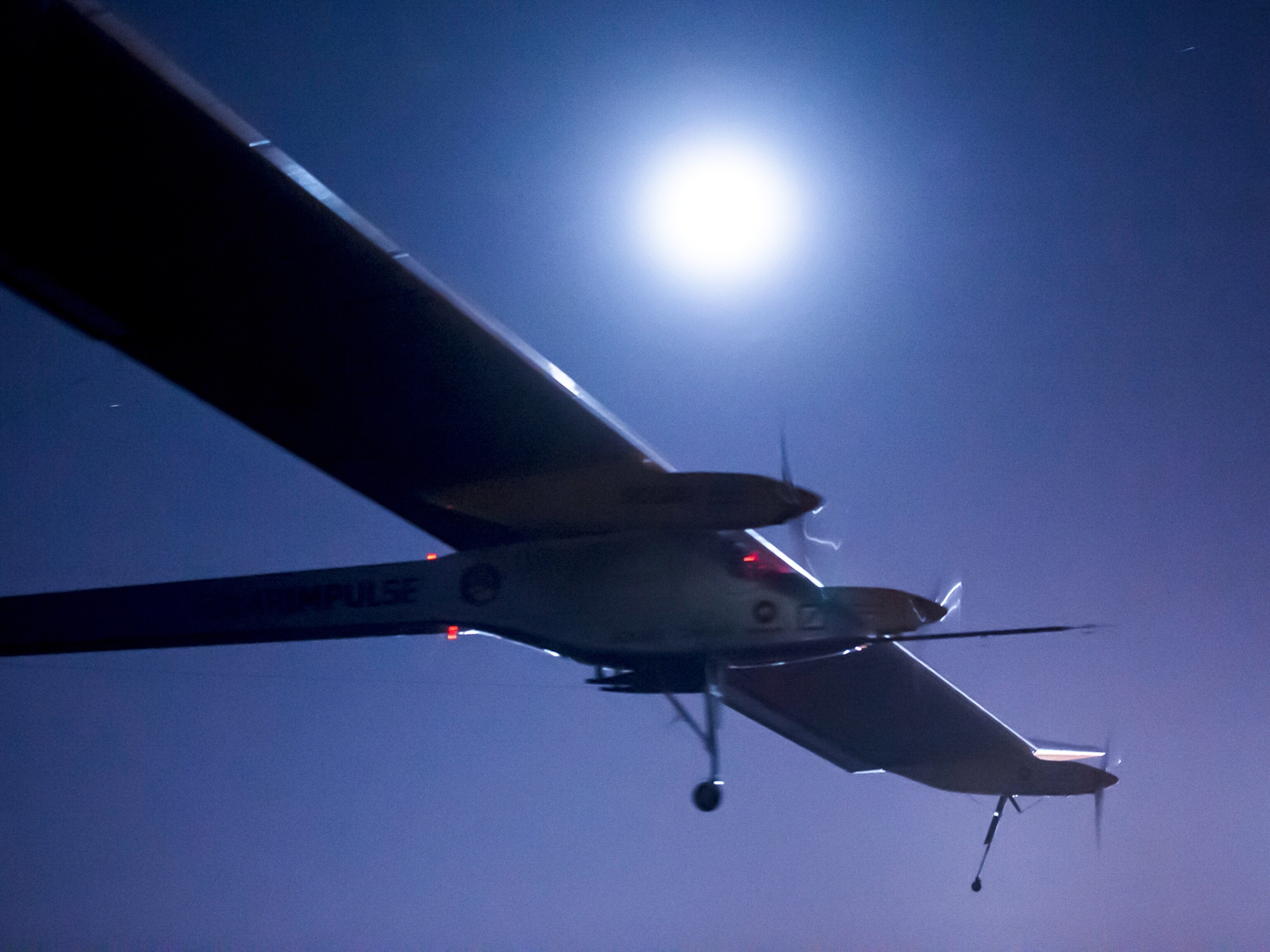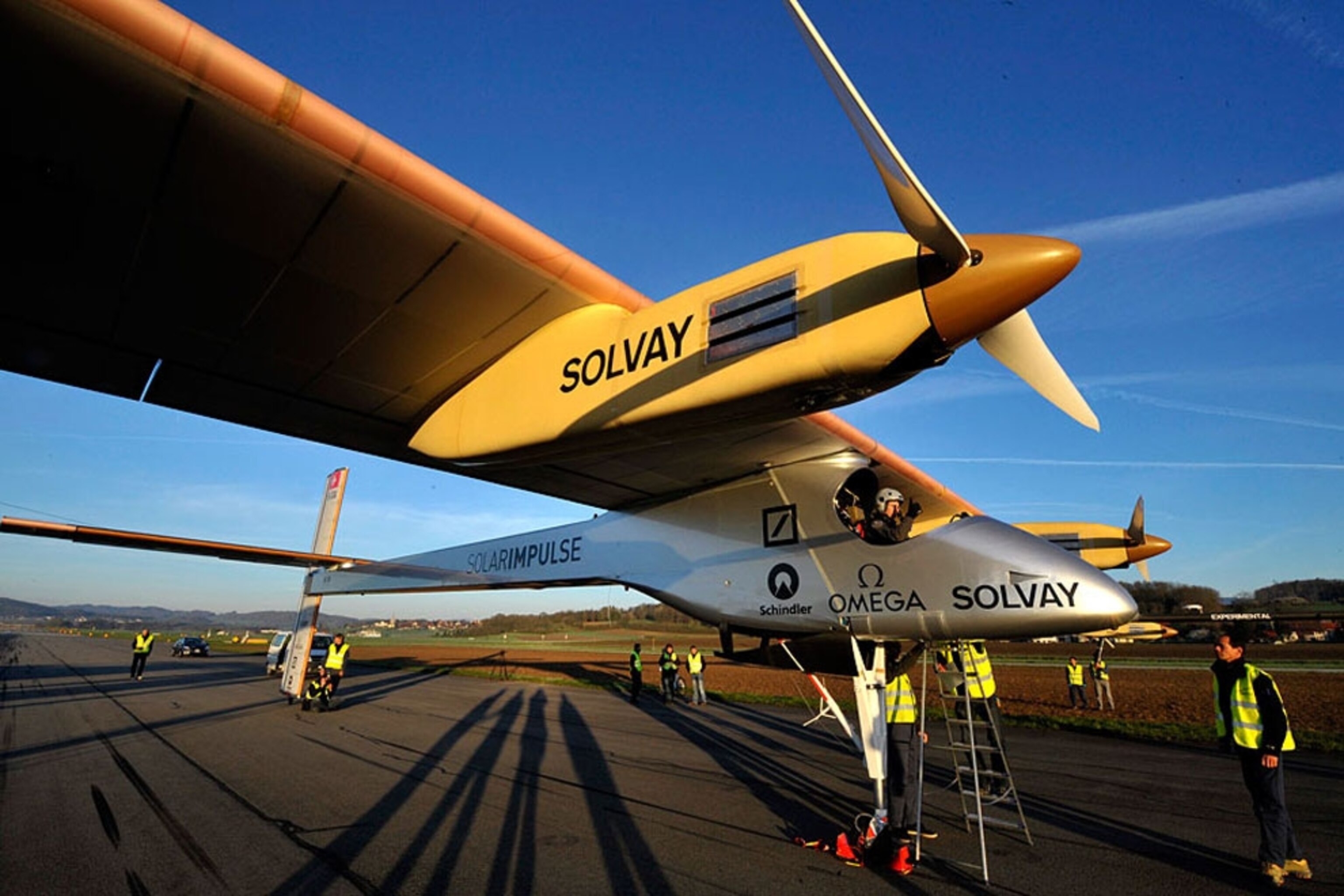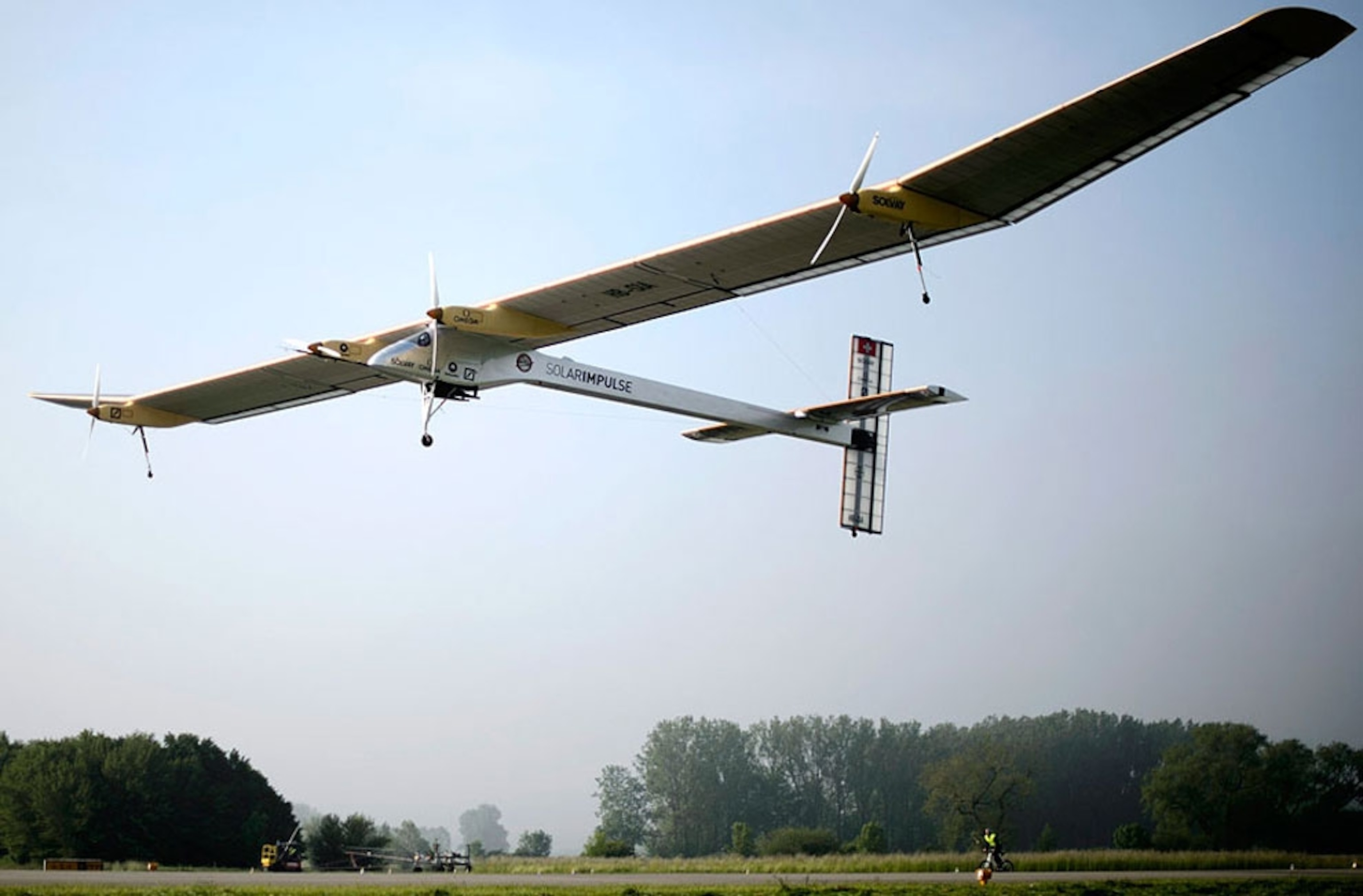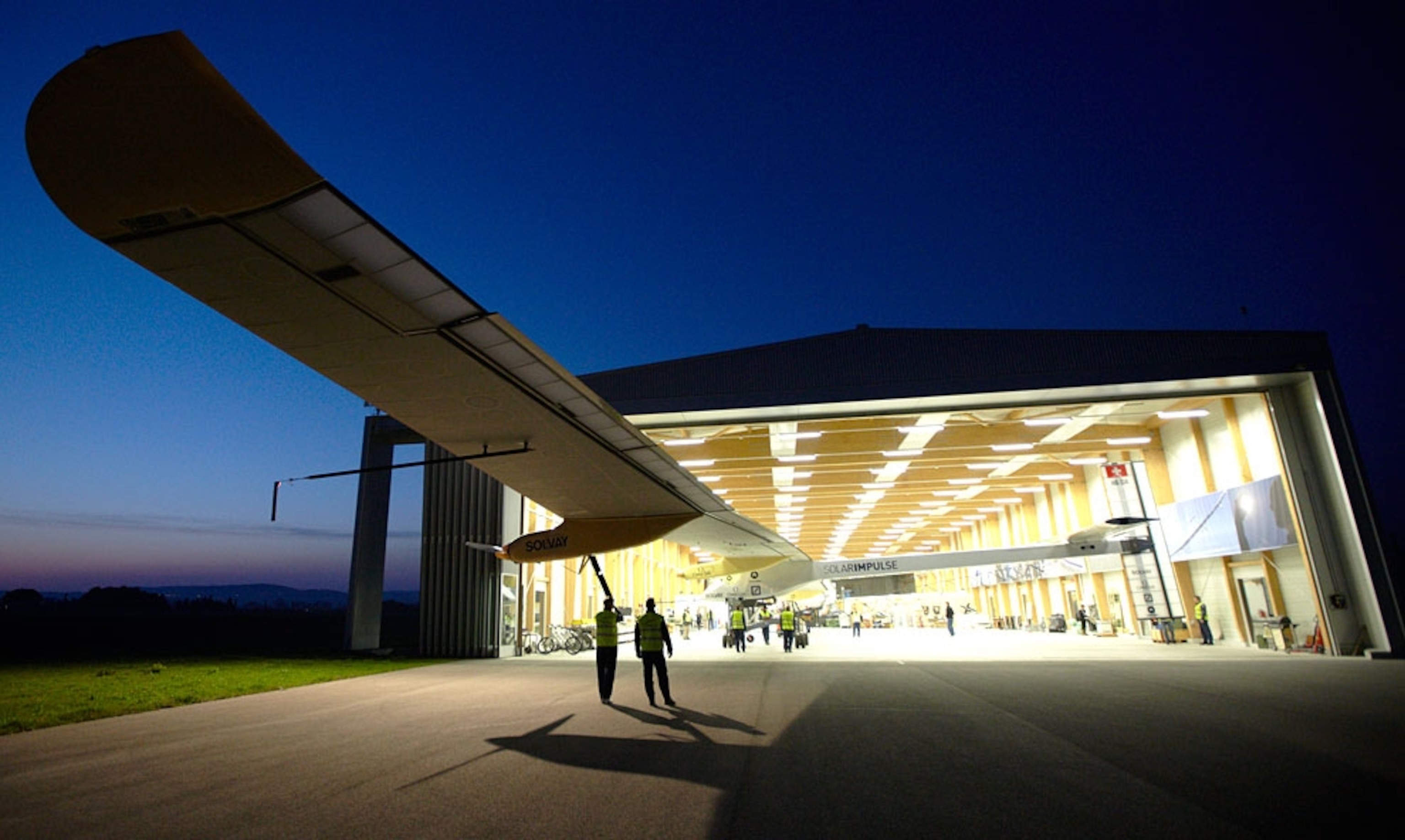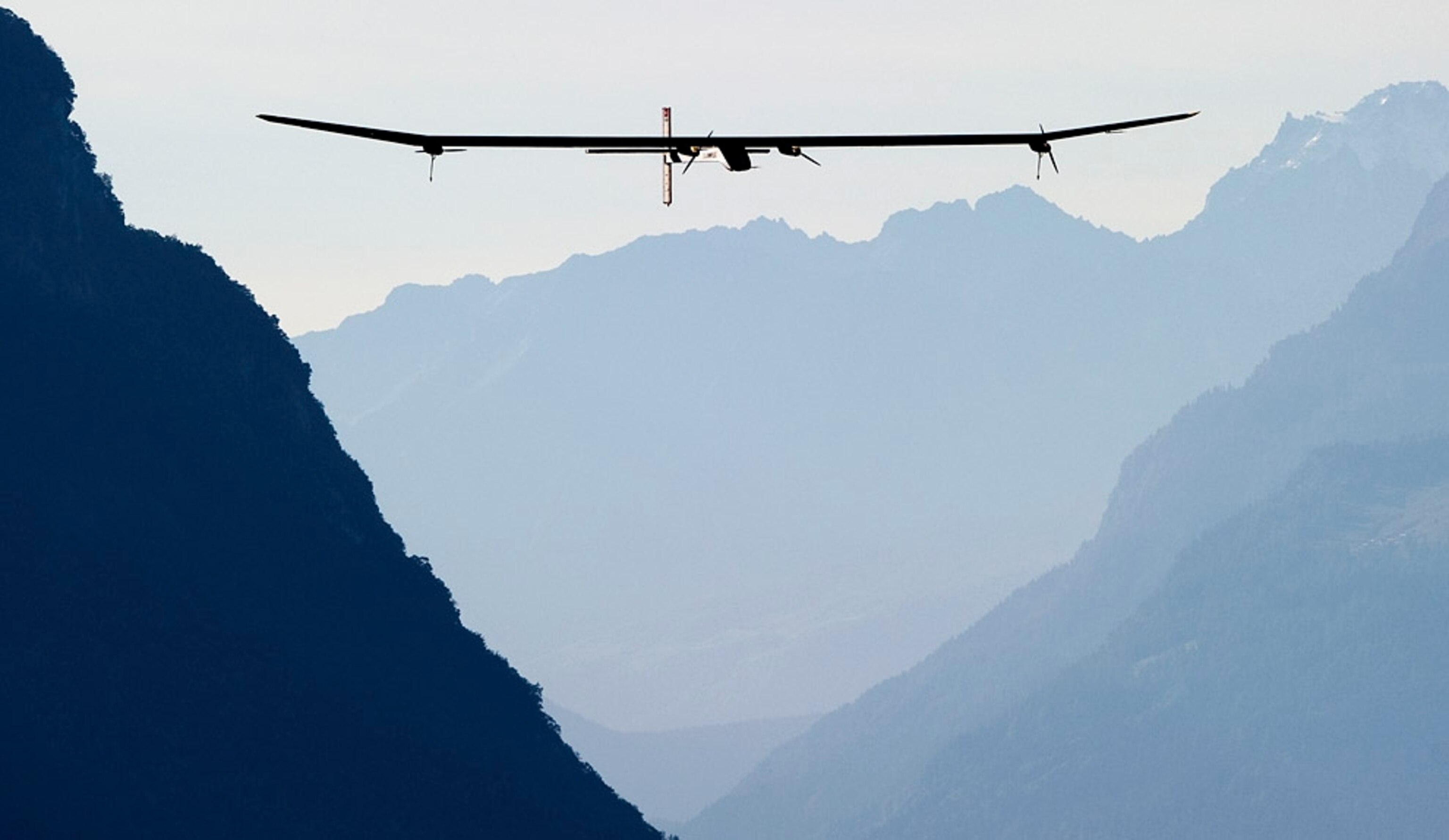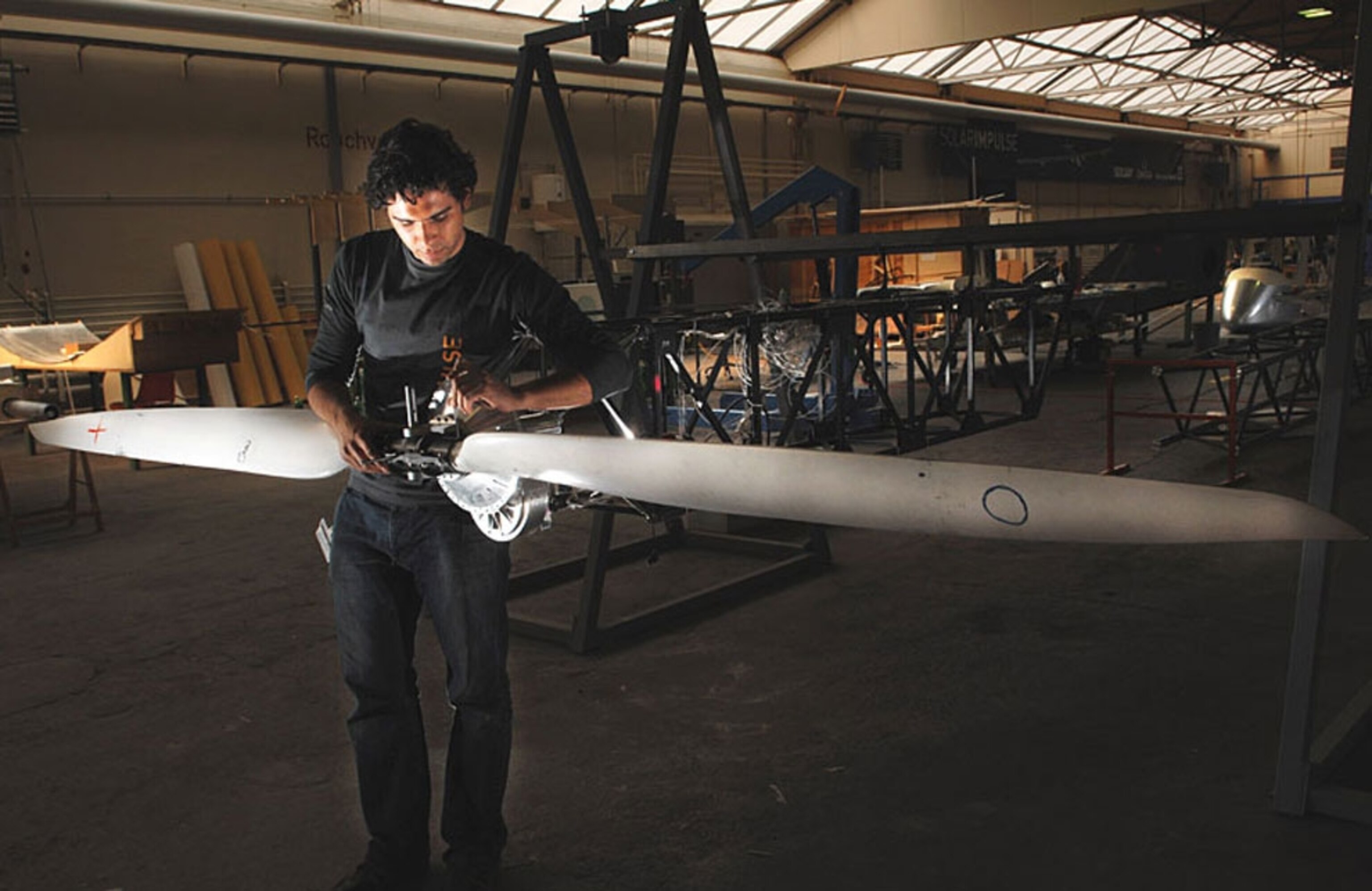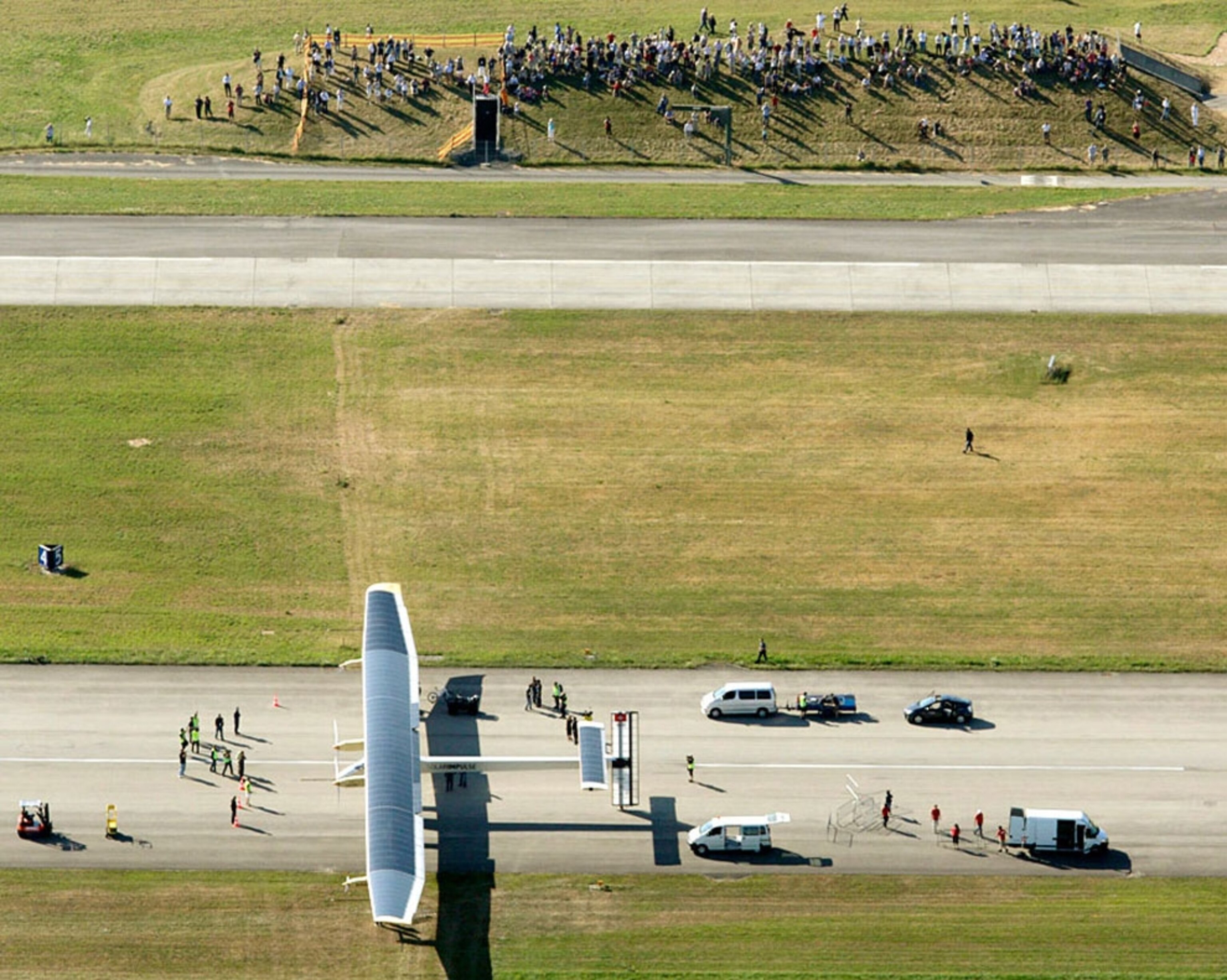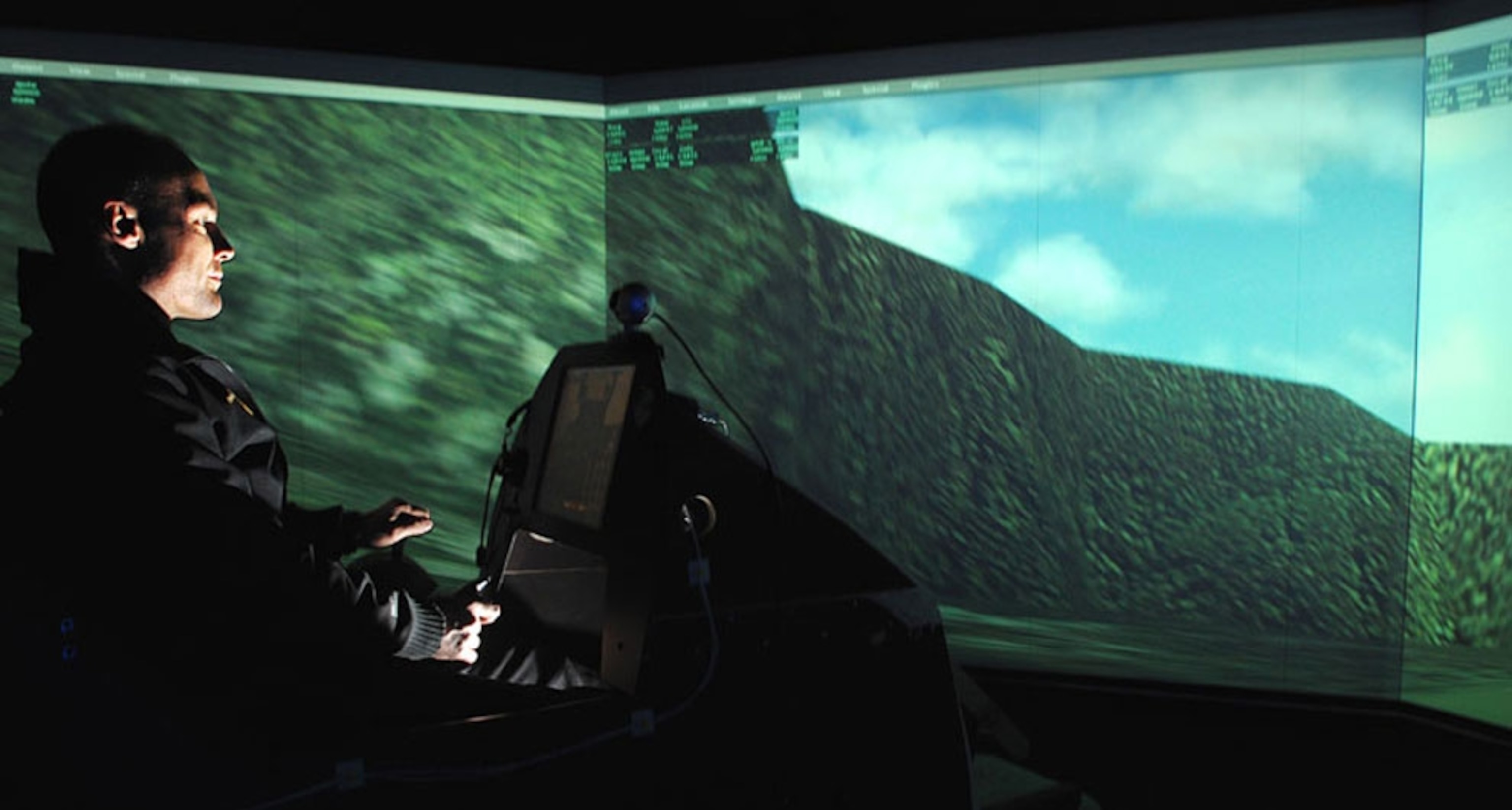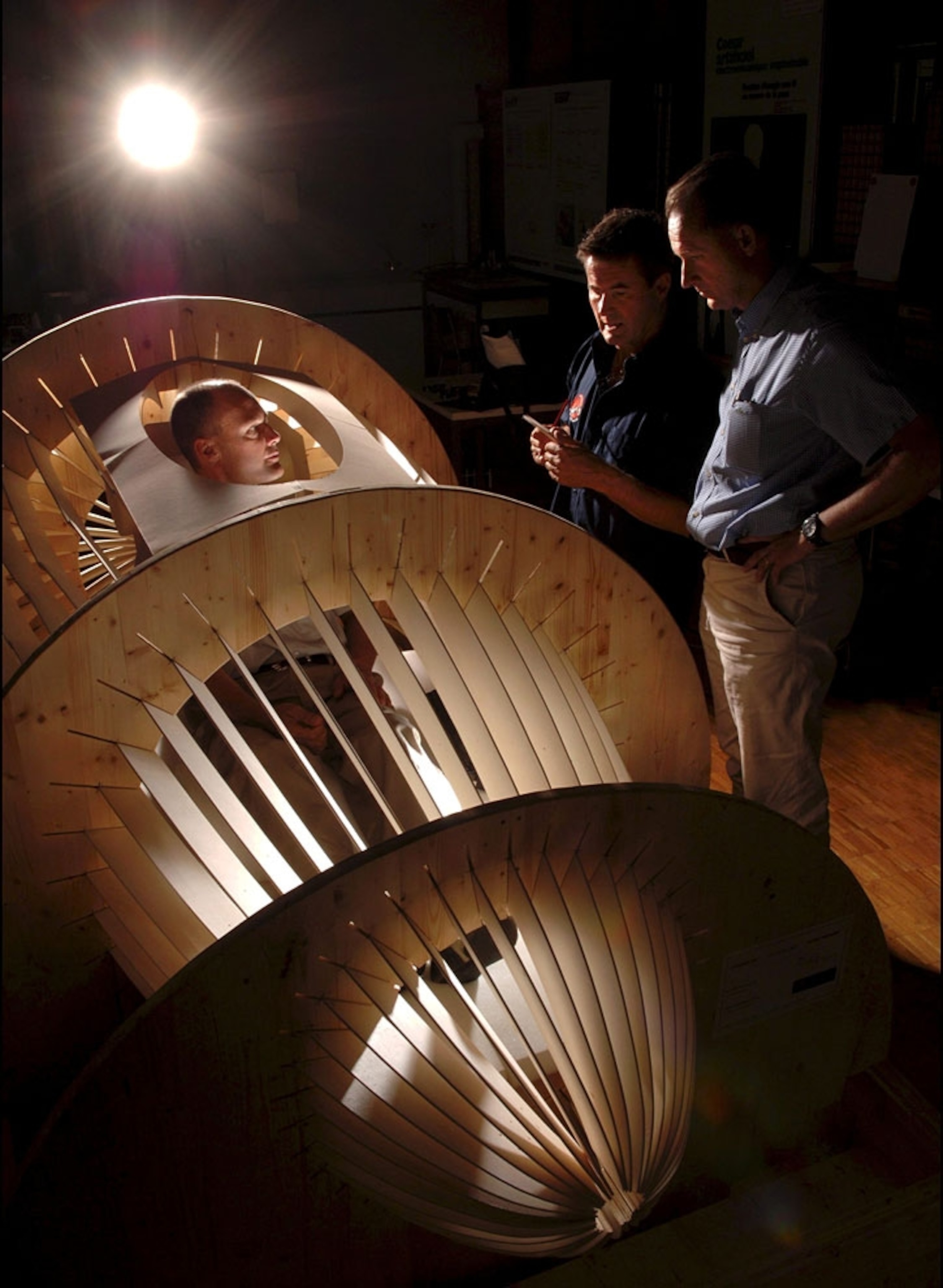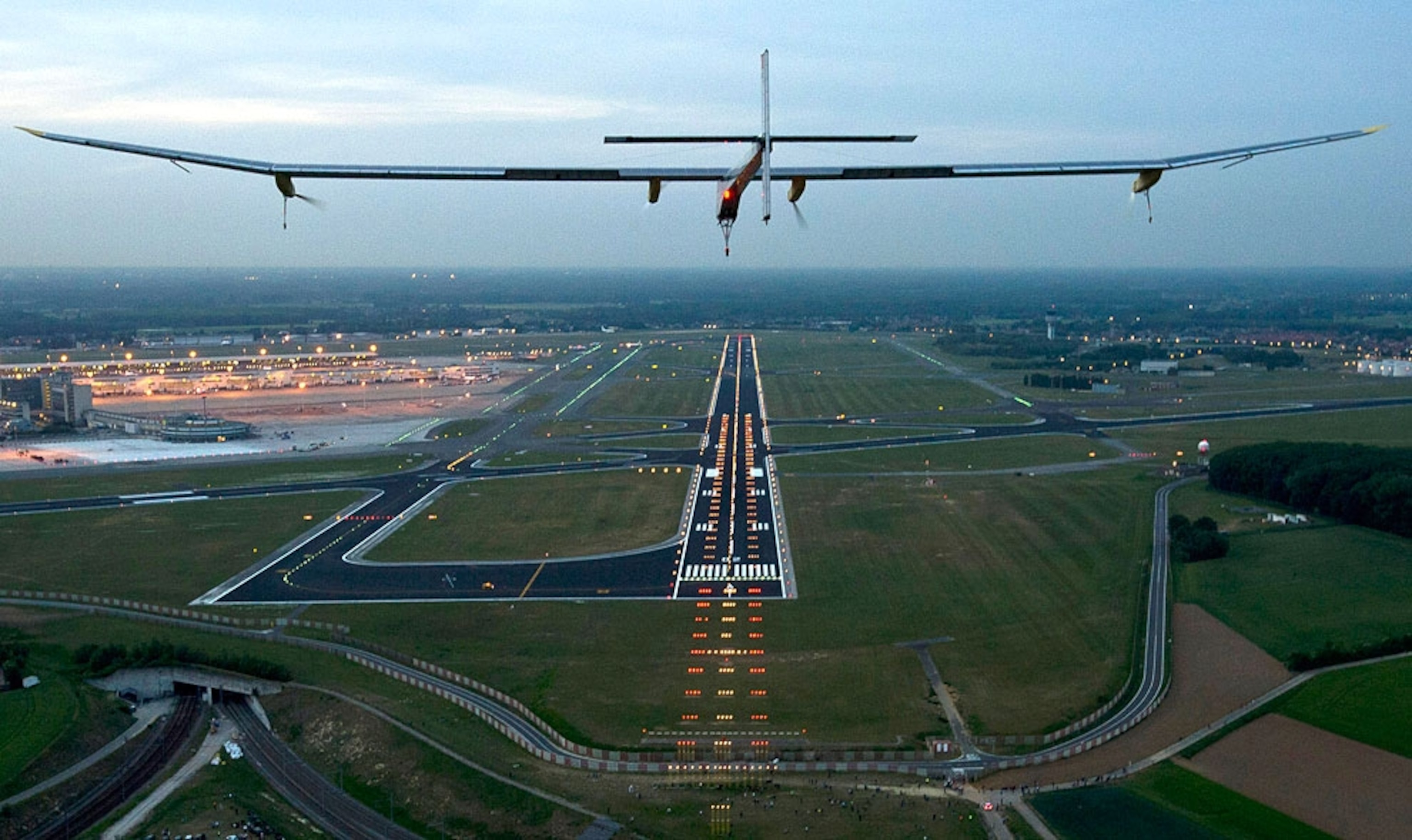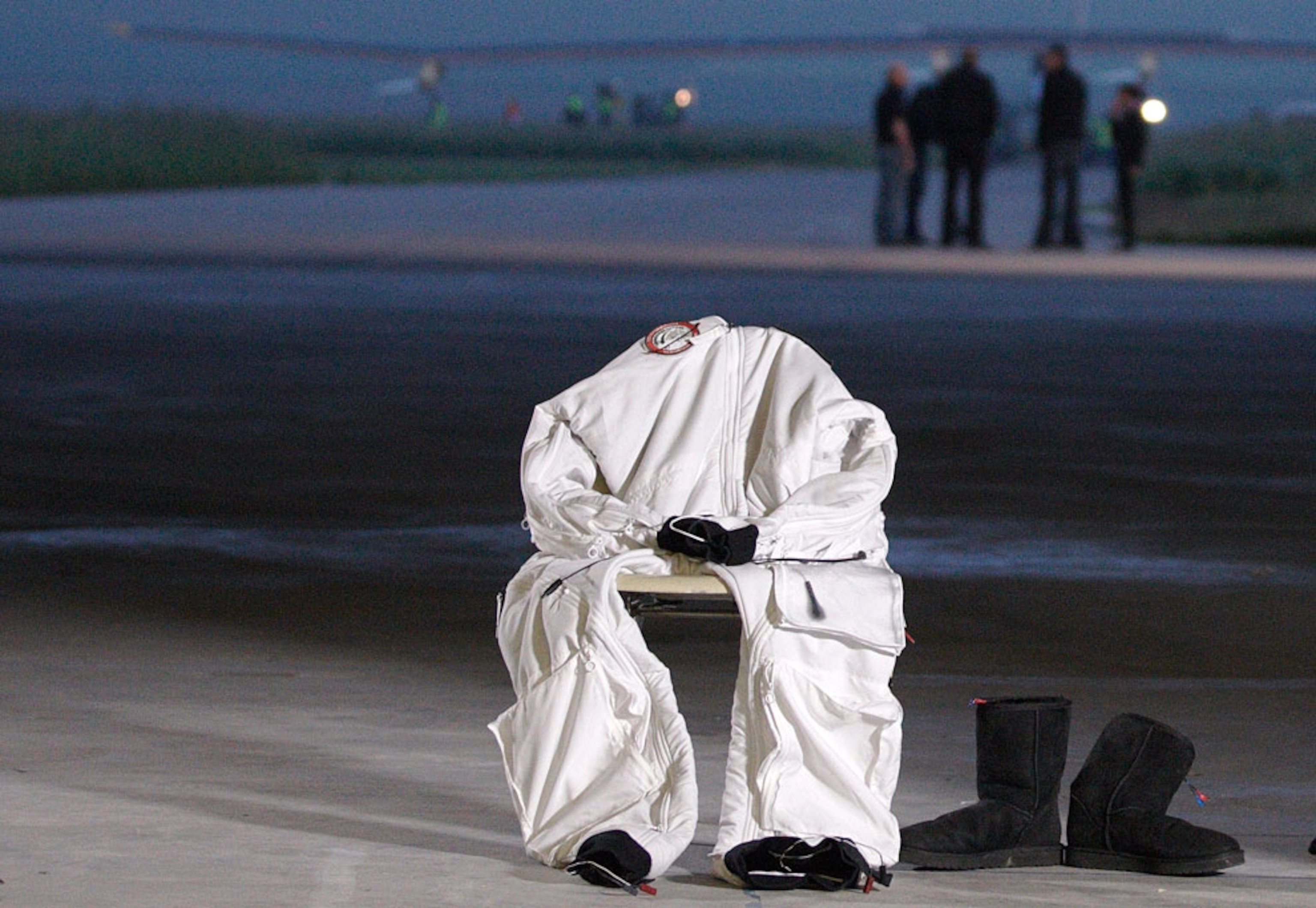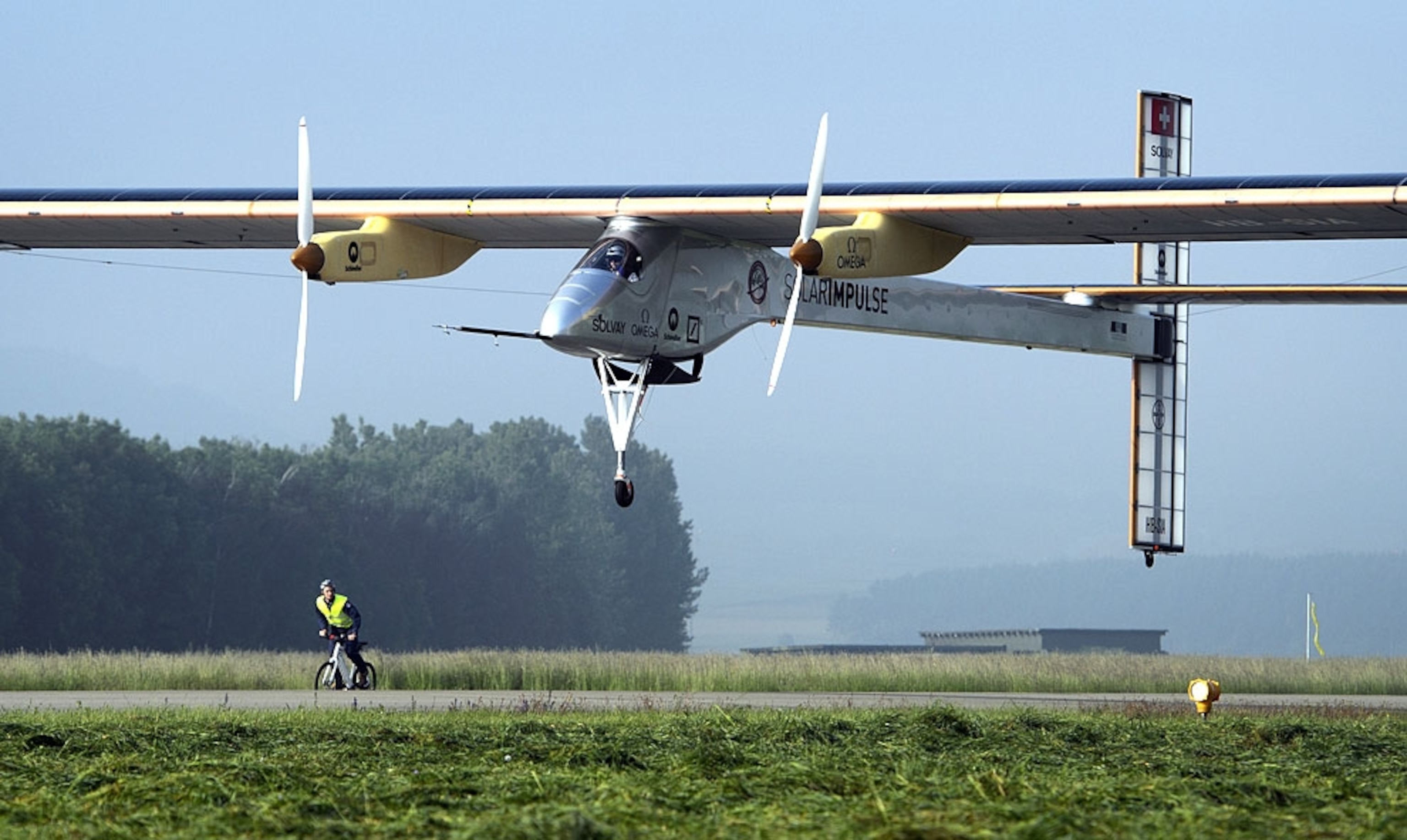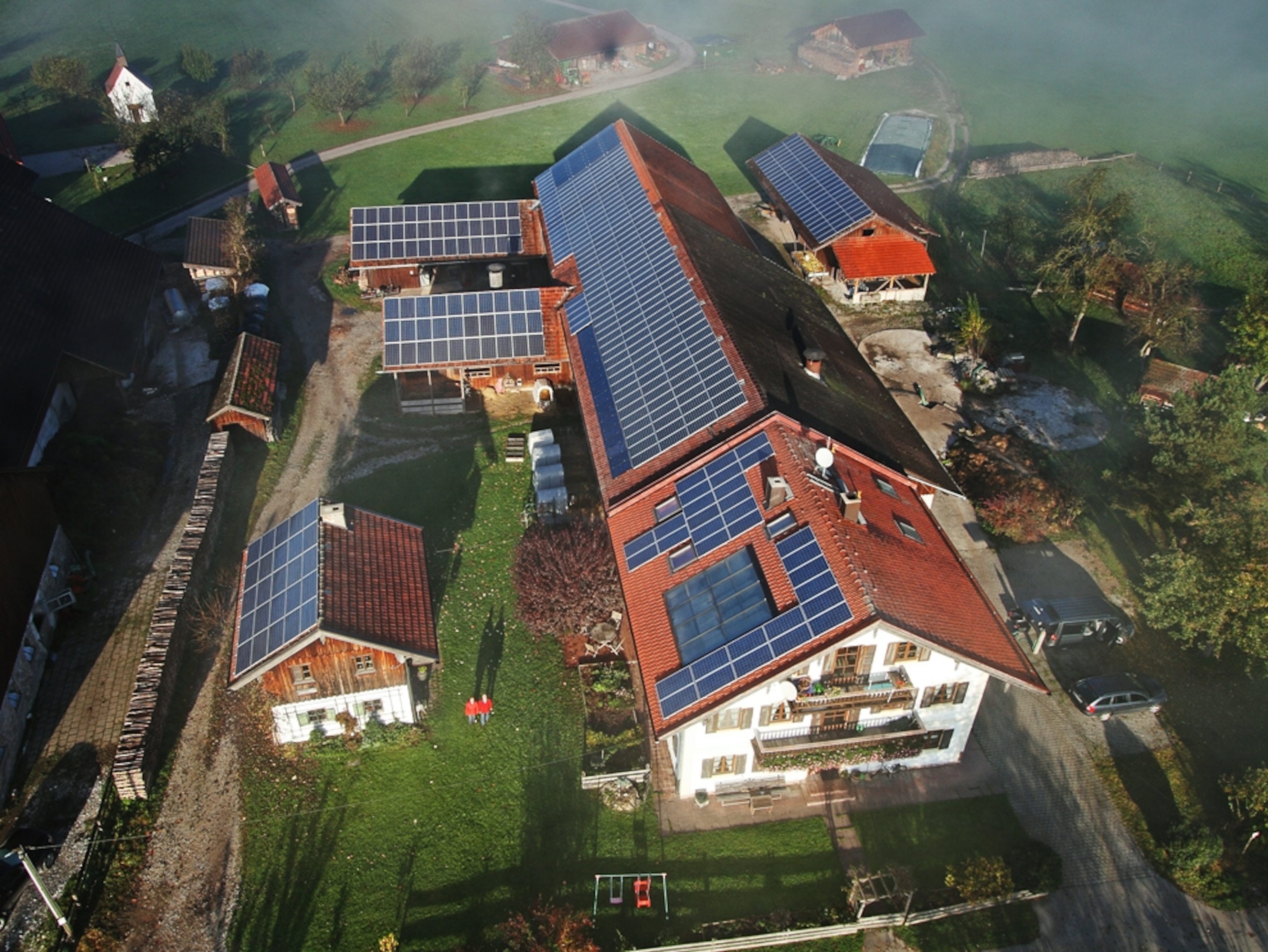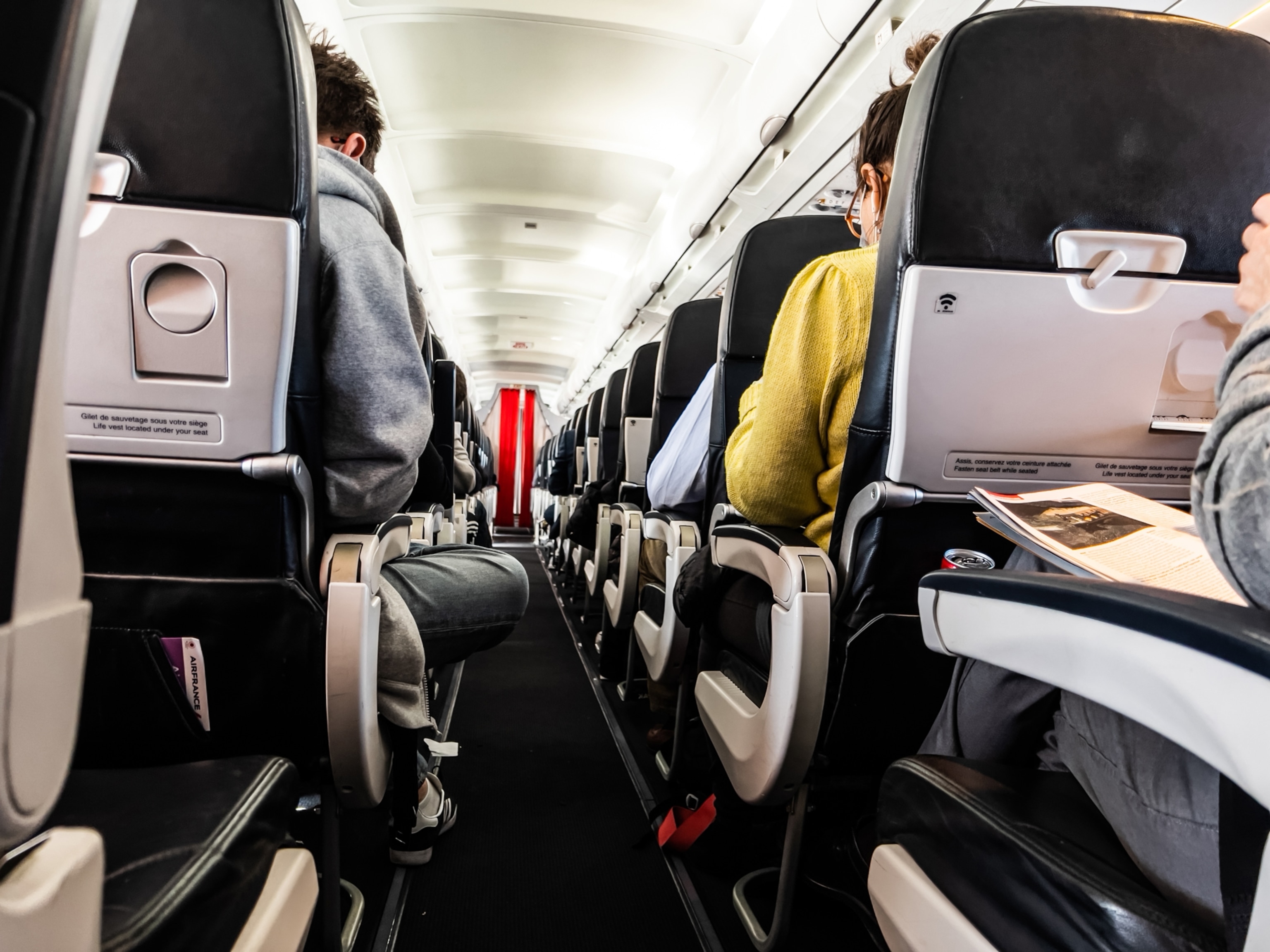Sun-Powered ShadowThe unique silhouette of the experimental aircraft Solar Impulse soars above Rabat, Morocco, just before landing to complete an unprecedented intercontinental journey—without fuel tanks. The plane touched down in the North African capital at 11:30 p.m. local time, 19 hours after take-off from Madrid, Spain, with Bertrand Piccard, one of the aircraft's two designers, in the cockpit. The 448-nautical-mile (830-kilometer) flight across the strait separating Europe and Africa, put Solar Impulse into the history books as the first manned solar intercontinental flight."The flight over the Gibraltar strait was a magical moment, and represents one of the highlights of my career as an aeronaut," said Piccard after deplaning before a cheering crowd at Rabat-Salé international airport.It was the second part of a two-stage trip from the plane's base in Switzerland. The plane had been holding at Madrid for more than week waiting for calm weather, after originally taking off from Payerne, Switzerland, and flying 17 hours into Spain with Piccard's project partner and codesigner, André Borschberg, as pilot.This jaunt is a warm-up for the Solar Impulse's planned round-the-world flight in 2014.—Brian Handwerk
Photograph courtesy Jean Revillard, Solar Impulse
